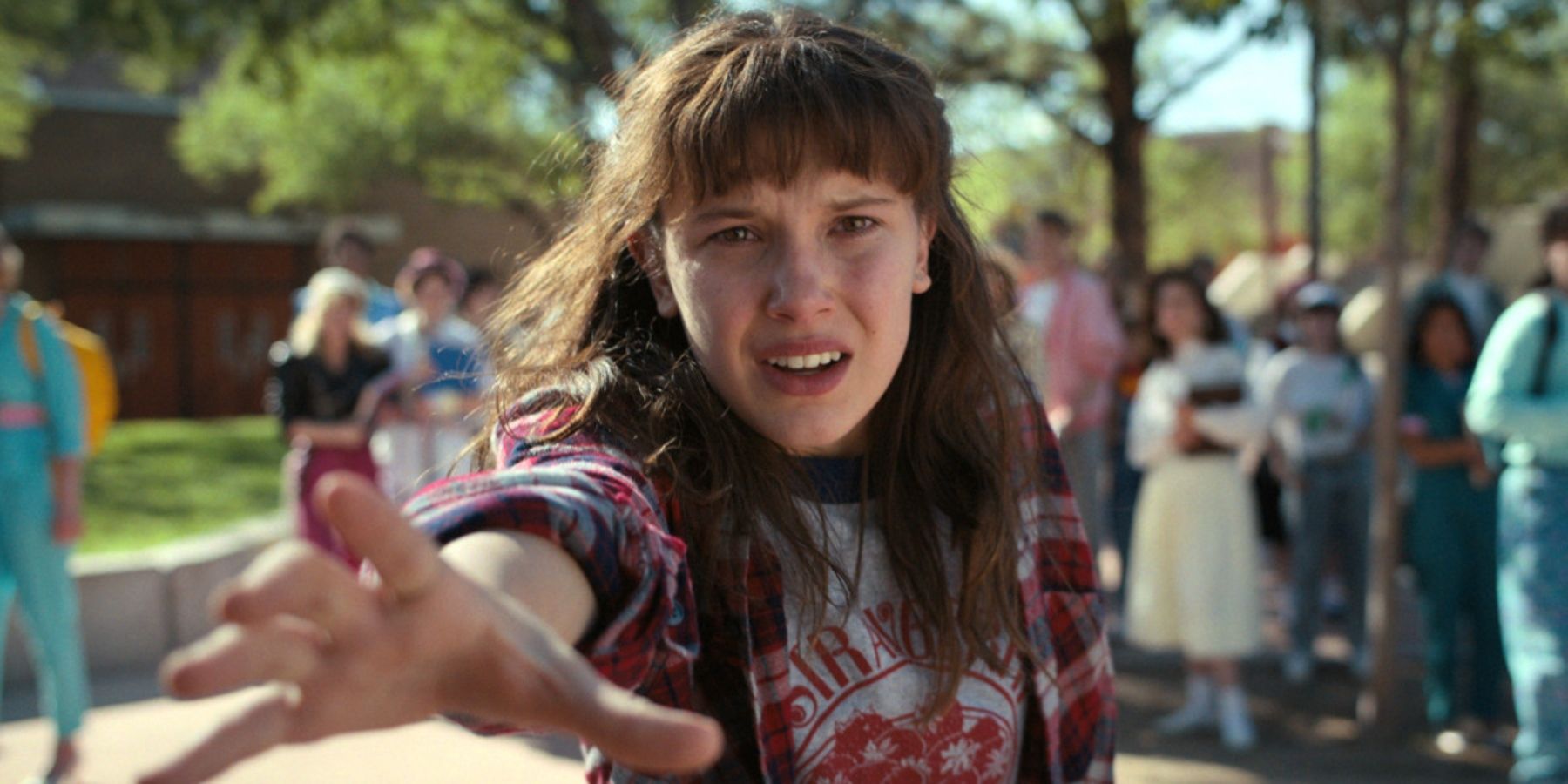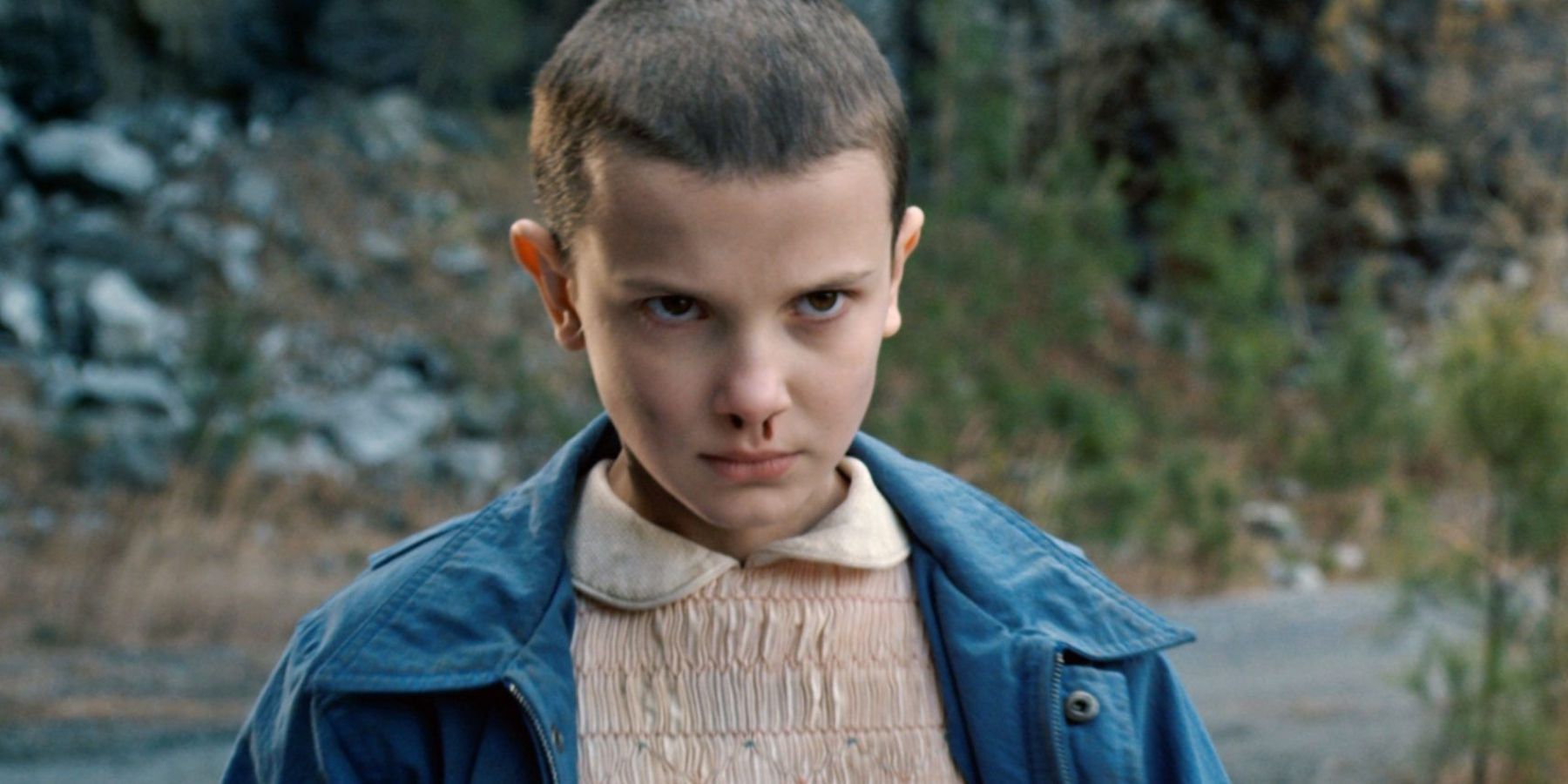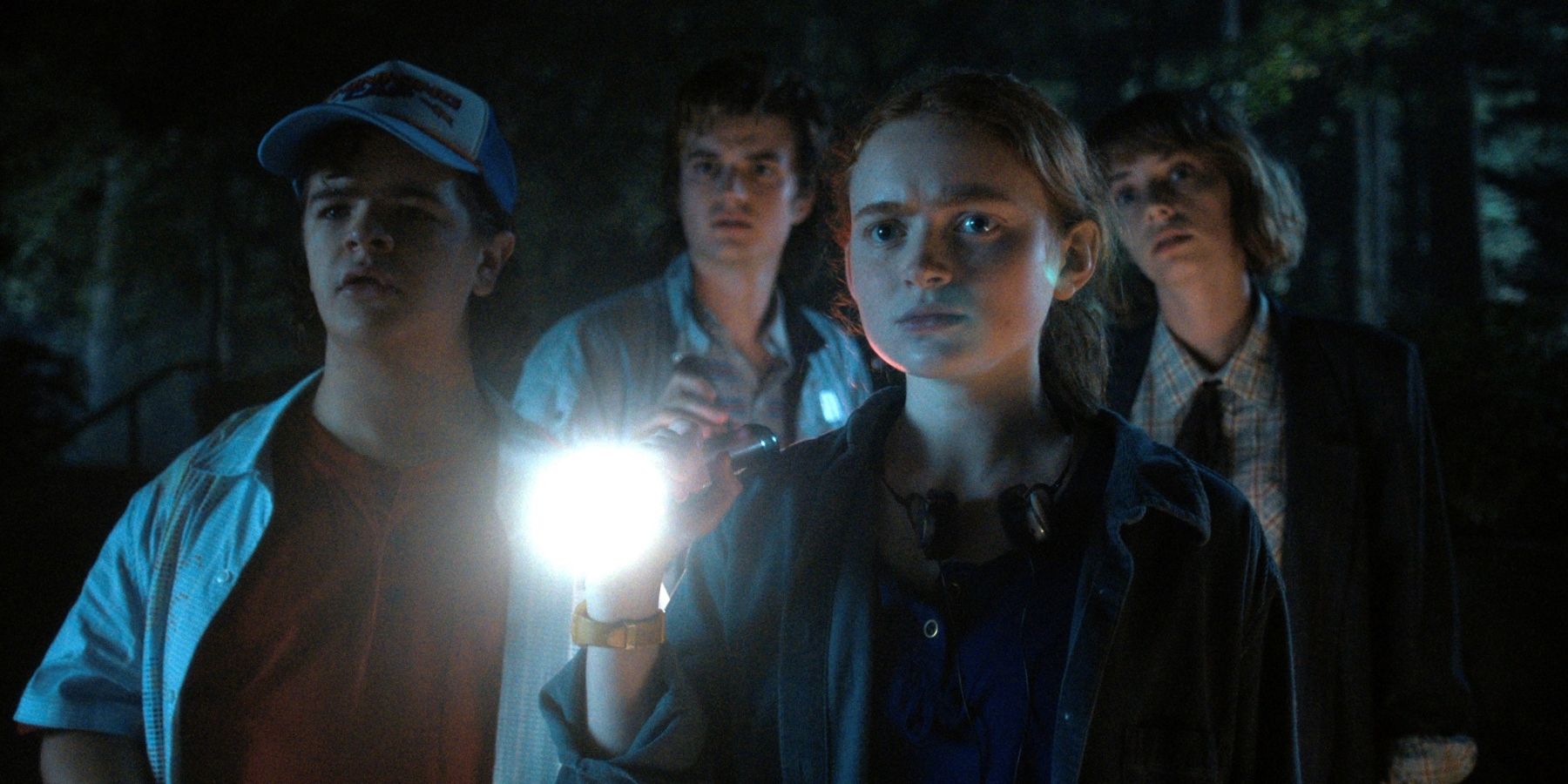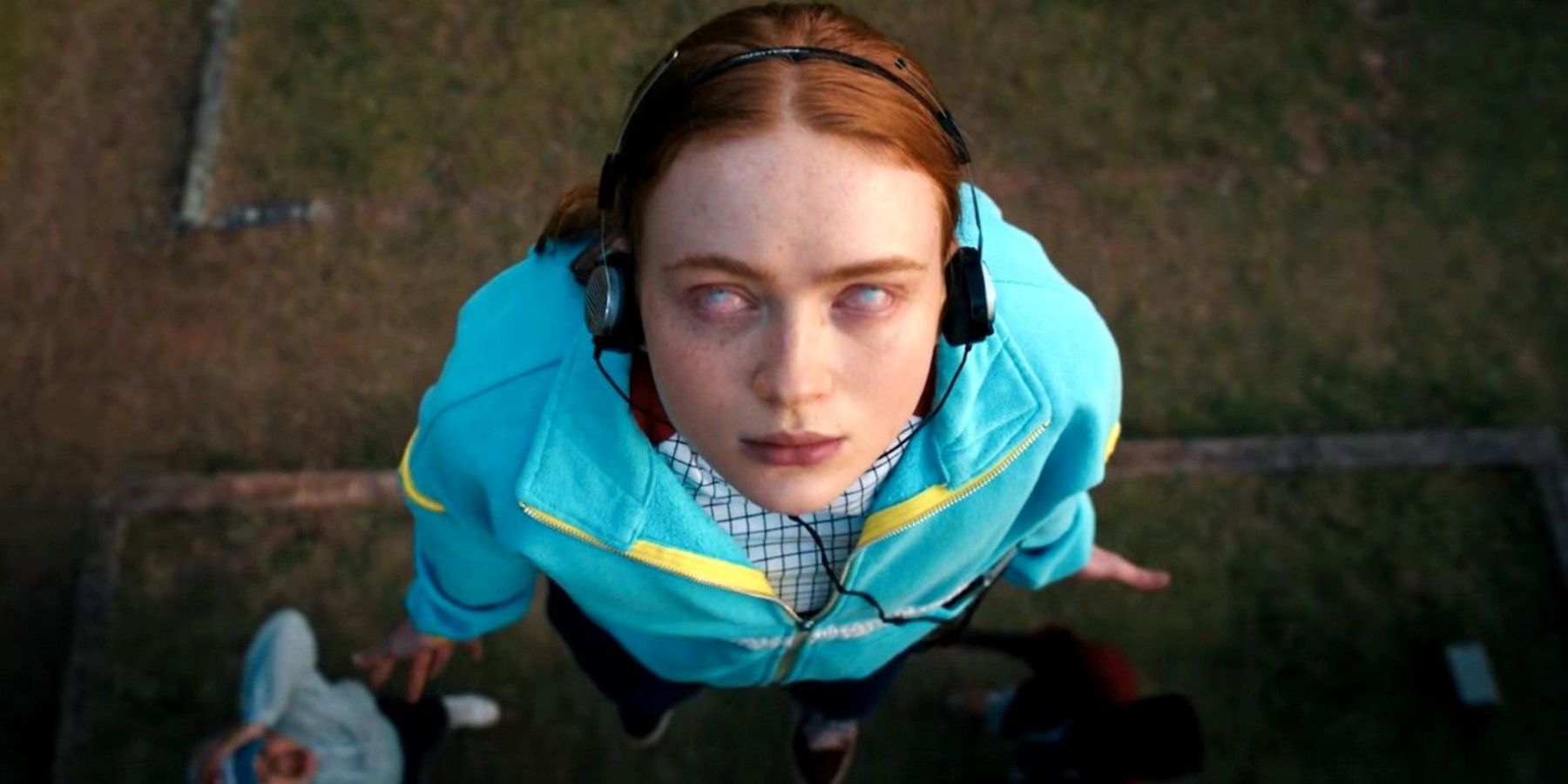As many people have commented since Netflix released the first part of season four of Stranger Things, the female characters were the highlights of the storyline. Between Max fighting off the powers of Vecna, El taking control of her life through regaining her powers and pushing back against bullies, and Nancy coming up with plan after plan, we couldn’t get enough of the power these ladies brought to the screen.
While the series has been praised for its ability to capture the aesthetic of the 80s, it does have one inconsistency with the time period that actually benefits the story, rather than taking away from it. The 80s was not yet a time that truly allowed women to shine and hardly gave them credit when they did, but this show acknowledges the many types of power that women possess, and it praises them for it.
From the beginning, Stranger Things has shined a spotlight on female heroes, by having Eleven be the one to save the day, multiple times. With each season, the presence of feminine power increased, leading to this fourth season that easily has the strongest presence of influential female characters yet.
The decision to give the female characters this amount of power in this setting was undoubtedly a deliberate decision, and it’s one that affects multiple layers of the show, beyond just inclusivity. The women are not simply given power to better cater to the taste of a modern female audience, but also to reflect the theme, which clearly focuses on power, but it’s more complex than that one word. In this series power is many things, like: kindness, self-awareness, love, loyalty, intelligence, and balance.
The theme not only explores what makes up power but also how it’s abused, and even how these factors can be affected by things like gender, age, and sexuality. Perhaps one of the biggest reasons that the series uses female characters as its source of power is because it points out that men with power oftentimes abuse it. Characters like Papa and Billy’s dad neglect the responsibilities that come with their power and focus on their own emotions and needs. While there are instances of female characters abusing their power, like Karen Wheeler preying on a teenage Billy, it happens less because it shows how women are usually expected to balance the pressure, emotions, and threats surrounding them, which is a superpower of its own.
However, not all the male characters lack influential power in the series. As we see with Mike, Will, Lucas, Dustin, and Steve, whenever these boys choose to set aside egos and focus on emotional instinct and their commitment to their friends and loved ones, they come up with their best plans and always help save the day. Beyond that, the further Hopper gets throughout the seasons, as he gets closer to Joyce, he gets stronger: mentally, emotionally, and in terms of what he can endure. Even with all of this going on, the greatest forces of the season have been the women.
An additional detail of the first half that people have recognized is how moving some of the emotional performances of the actors playing female characters were. Millie Bobby Brown, Sadie Sink, and Winona Ryder all put on enveloping performances that expressed the emotional exhaustion, loneliness, and stress that these characters were enduring, on top of having to resist forces of evil.
That said, these displays of emotion are not meant to be viewed as moments of weakness, rather they were meant to mirror the characters powers or abilities to fight against the forces opposing them. Just as El struggles to find her power to fight against the evil of the Upside Down, she also struggles to find her power to confront Angela. Max must find a way to defend herself against the trauma of what she has already endured, and a way to defend herself against Vecna. By mirroring their emotional struggles with the struggles in the plot, we see how thoroughly these characters' lives are interrupted by what’s going on. In the case of El and Max, it’s their youth that’s interrupted, and they must address all these interrupting factors at once, which is overwhelming even for adults.
We even see a great deal of power in female characters that weren’t as highlighted in the series, like Barb from season one, whose brief role ignited a movement of fans who keep her memory alive. Easily what made fans so passionate about Barb was her strong emotional intelligence and loyalty as a friend. Like Nancy, her mental strength was her greatest power and that is what made her so easy to admire and connect to for many viewers.The impact of her character’s death stretched beyond the show, upsetting fans and causing them to desire justice for her, leaving her with a bit of a legacy among the fan base, despite being a minor character.
So while giving the girls an opportunity to shine isn’t necessarily true to the time that the show is set in, it is very true to a modern day audience, which is undoubtedly what’s important. Not only does Stranger Things make a point to those in denial of women’s capabilities, it also reminds women in the audience that no matter what they have weighing on them, they have the power to persevere, and maybe even save the day. Though there’s no telling just what part two of season four will hold, we can certainly count on the ladies of the show playing a big part in it.
Season 4, Volume 2 will be released on Netflix July 1st.




